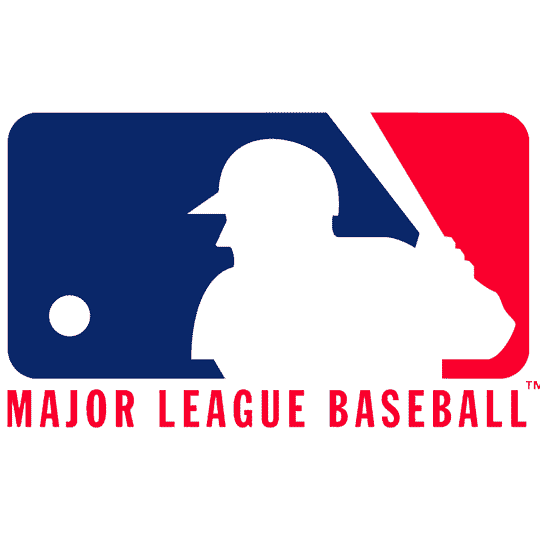The following is a guest contribution by Noah Goodman, a third-year law student at Temple University and a Staff Editor of the Temple Law Review.
This past fall, David Price, a 30-year-old free agent, signed a seven-year contract with the Boston Red Sox worth $217 million. Less than a week later, Zach Greinke, a 32-year old free agent, signed a six-year contract with the Arizona Diamondbacks worth $206 million. Despite these astronomical contracts, free agency in Major League Baseball (“MLB”) is serving as a restraint on trade.
Under the current collective bargaining agreement, free agents are paid for their past—rather than their future—production. In essence, age is the fundamental inefficiency of MLB’s labor market. A glance at the list of free agents in any off-season—exemplified this year by Price and Greinke—demonstrates that most players are over thirty and exiting their physical prime.
Baseball’s free agency inefficiency is a consequence of the structure that the players and the owners originally agreed to in 1976. Under that system, the players traded six years of Major League service time for unrestricted free agency. The current market efficiency is for teams to sign younger players beyond their six-years of team control below market value. This framework is functioning similarly to the reserve clause—a system in which the owners restrained employment mobility by having the unilateral option to renew a players’ contract into the next season. Stated differently, despite being well compensated, the current trend in MLB is that players are still bound to their team until their value has peaked.
Indisputably, the present labor model is flawed. The trend in the labor market indicates how teams are assessing risk. There is a greater willingness for teams to gamble on young players by signing them to long-term extensions below market value, reflecting the risk teams assume, instead of overpaying for a known quantity that will inevitably decline. This shift implies that free agency is outdated. Importantly, in the next collective bargaining agreement, the owners and the MLBPA should acknowledge that fact by starting free agency earlier.
The next collective bargaining agreement should allow players to reach free agency after four years of service time. Such a system would place the burden on the owners to invest their money back into the labor market and give the players greater opportunity to choose their employer and bargain for their compensation. Additionally, allowing players to reach free agency earlier will alleviate the crippling effects of mega-contracts to declining players like Price and Greinke. If a player reaches free agency at 27 or 28—instead of 29 or 30 like they do now—it will lead to a higher probability that fewer years will count as sunk costs where the player cannot perform because of his declining physical ability.
Early free agency would formalize the logical idea of labor costs rising or declining according to its value. This is essential in an industry where age matters a great deal. The present system distorts the market by suppressing labor costs initially and only giving players effectively one shot at a significant contract.
